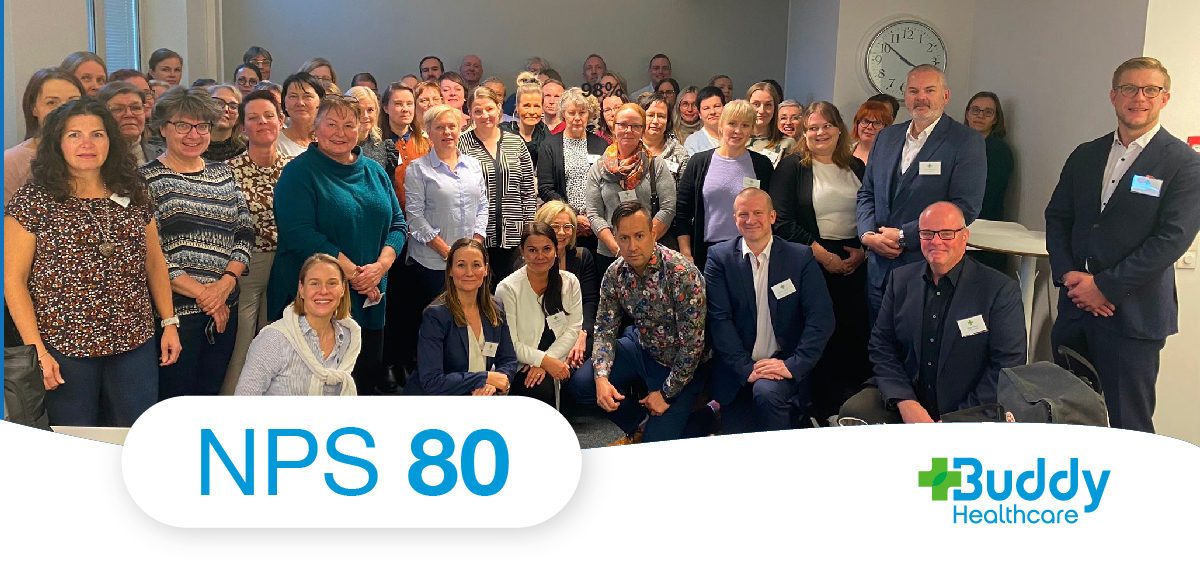6 Steps to Reduce Surgery No-shows
Patient no-shows can have a detrimental effect on hospitals, clinics and small practices, not to mention having a direct effect on patients missing out on the scheduled aid they need.
The truth is, however, that the reasons behind a no-show can be as varied as the people healthcare practitioners treat, and reducing no-shows takes an understanding of the patterns that lead to them and installing early-warning systems to prevent them from happening in future.
Digital patient engagement platforms offer a unique insight into patient care that allows for remote monitoring, behavioral pattern assessment and engagement tracking, all key processes behind detecting the likelihood of no-shows. And that’s not even counting the digital benefits of quick access to cancellation methods to avoid no-shows in the first place.
In the interest of understanding the most common reasons behind patient no-shows and creating strategies to reduce them, we have listed 6 of the most common explanations behind surgery no-shows and included digital engagement steps that could help reduce them in a practice or hospital.
-
1. Schedule automated push notification reminders
Uncanny as it sounds, simply forgetting is one of the most common reasons patients will give for no-shows. As important as many appointments are, when we look at the traditional means for scheduling them, it’s not hard to understand why so many people forget the time and date they need to be available for them.
Patients often either book appointments over the phone or in person, meaning they don’t always have access to static reminders leading up to the date. Email doesn’t always provide an efficient method of reminding people either, as it relies on them actively opening their inboxes in time or before it can be buried by other messages.
Digital patient engagement platforms and care coordination softwares allow healthcare professionals to remind patients of their appointments with scheduled reminders and push notifications sent directly to their mobile device of choice.
-
2. Track patient anxiety levels pre-surgery
-
Surgeries can be daunting procedures for anyone, but especially for patients with pre-existing conditions like anxiety and depression. Part of pre-surgery preparation is ensuring that patients are in the right mental and emotional state going in, and there are times where ensuring this can be difficult through traditional patient engagement methods like sit-down briefings and check-up calls.
Electronic patient-reporting engagement methods like questionnaires and stress or anxiety scale reporting can help healthcare professionals assess in real time if a patient is experiencing doubts or retreating from their prep work.
Pre-operative anxiety or stress level questionnaires can also facilitate real-time emotional care by pairing questionnaires with educational resources that explain the importance of each procedure as well as the tried and tested safety measures designed to guarantee them the best possible outcome during their surgery.
By the way we have previously written a blog on how to reduce patients' preoperative anxiety through improved communication if you want to check it our.
-
3. Create schedules with recovery with time frames to assist in post-op time management
Single parents and professionals who can’t always guarantee time off work often face difficult scheduling conflicts. Because of the nature of surgery, patients can’t only afford to look at the day of the surgery, but need to consider pre-operative appointments and post-operative recovery time as well.
To make the most of digital patient engagement to combat this, hospitals can outline the time frames for procedures at every point of the process, giving patients a clearer understanding of how they will need to structure their commitments, and helping others in their lives better co-ordinate with them.
-
4. Use remote monitoring to limit transport needs
For many patients, simply getting to the hospital represents the biggest hurdle. Whether it’s travelling outside of a city or even across state and provincial lines to access the appropriate surgery, transportation can quickly become prohibitive.
What happens when travel becomes prohibitive is that patients tend to wait until their conditions escalate into emergencies before seeking help. One of the most powerful tools available on digital engagement platforms is remote monitoring.
Hospitals that digitally engage with patients through electronic surveys, pain monitoring scales and condition reporting can limit a patient’s need to travel while still giving them access to the engagement they need. This way, they can focus their logistics of travelling to the surgery rather than pre-operative procedures that can be done remotely.
Also remote patient monitoring tools such as the BuddyCare Platform can provide care providers a real-time 360 degrees view over all of the patients’ care pathways and activities. On top of the real-time views such platforms can provide attention notifications, if a patient is about to deviate from the care pathway helping healthcare providers to intervene sooner to early signs of potential no-shows or cancellations.
-
5. Educate caretakers on their clients' digital engagement platforms
Many patients in need of surgery will have conditions at a level where they may need caretakers. While caretakers represent an additional form of aid for patients, they also represent another person in the patient engagement process who needs to be kept up to date.
Hospitals can co-ordinate with caretakers through digital engagement platforms to help them understand the automated reminder, scheduling, care-related education and reporting tools that patients will need to engage with.
Opening up a support chat on these platforms for caretakers to ask questions in real time could give healthcare professionals access to another person closer to the patient to help facilitate pre-operate and post-operative care and ensure the patient arrives as they need to be for surgery.
6. Utilize digital communication for emotional wellness
Patients who have mobility issues need even more access to remote monitoring tools to ease the burden on their bodies and emotional well-being. If left unattended, such issues can become debilitating and not just create no-shows, but put patients in positions where they can’t have surgery.
Remote monitoring doesn’t just stop at reporting. Digital emotional wellbeing tools like client-doctor messaging and daily support prompts can have far reaching benefits for patients who are physically unable to see their doctors as often as typically required.




